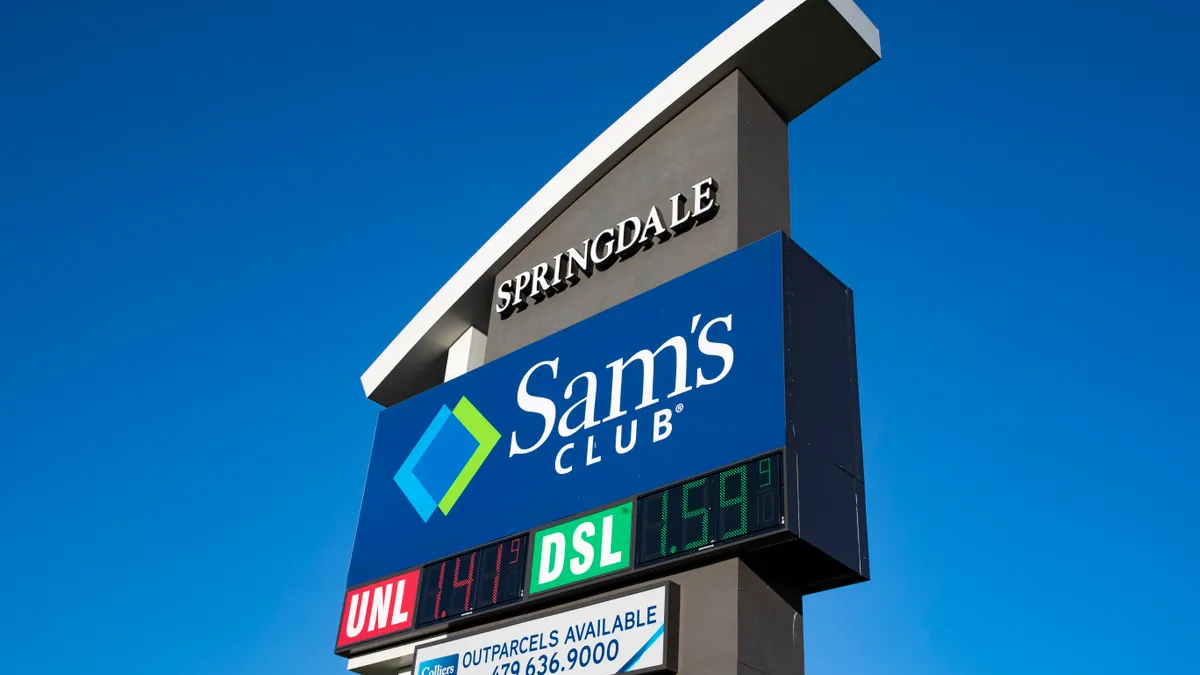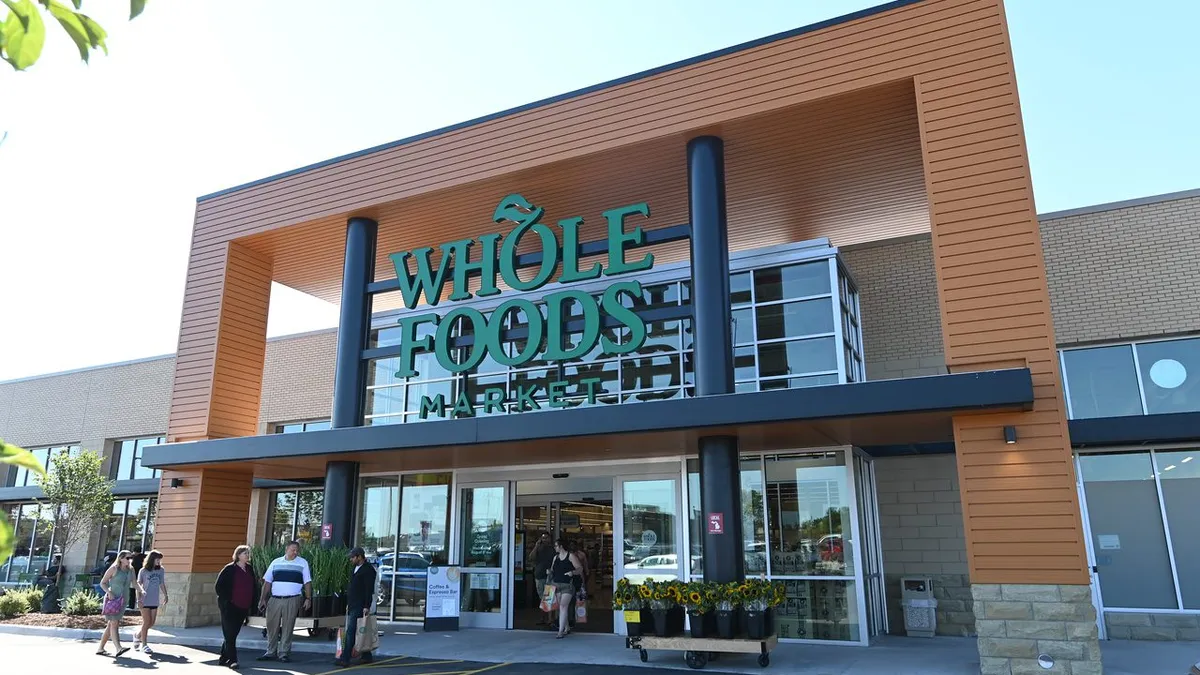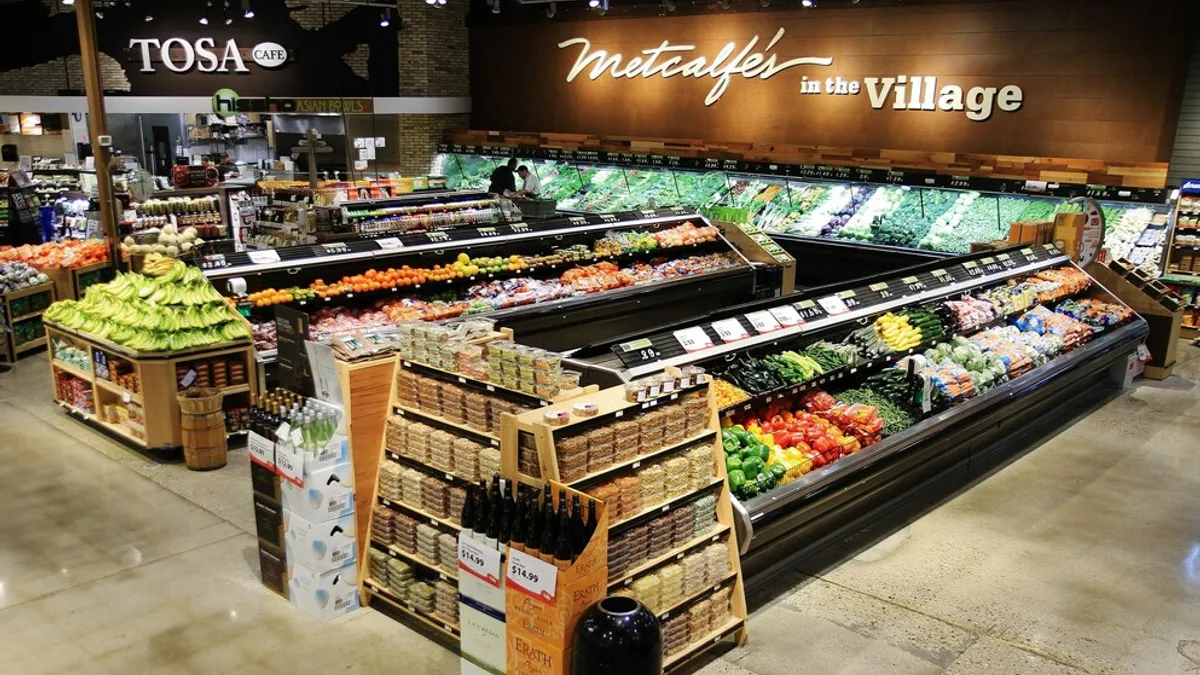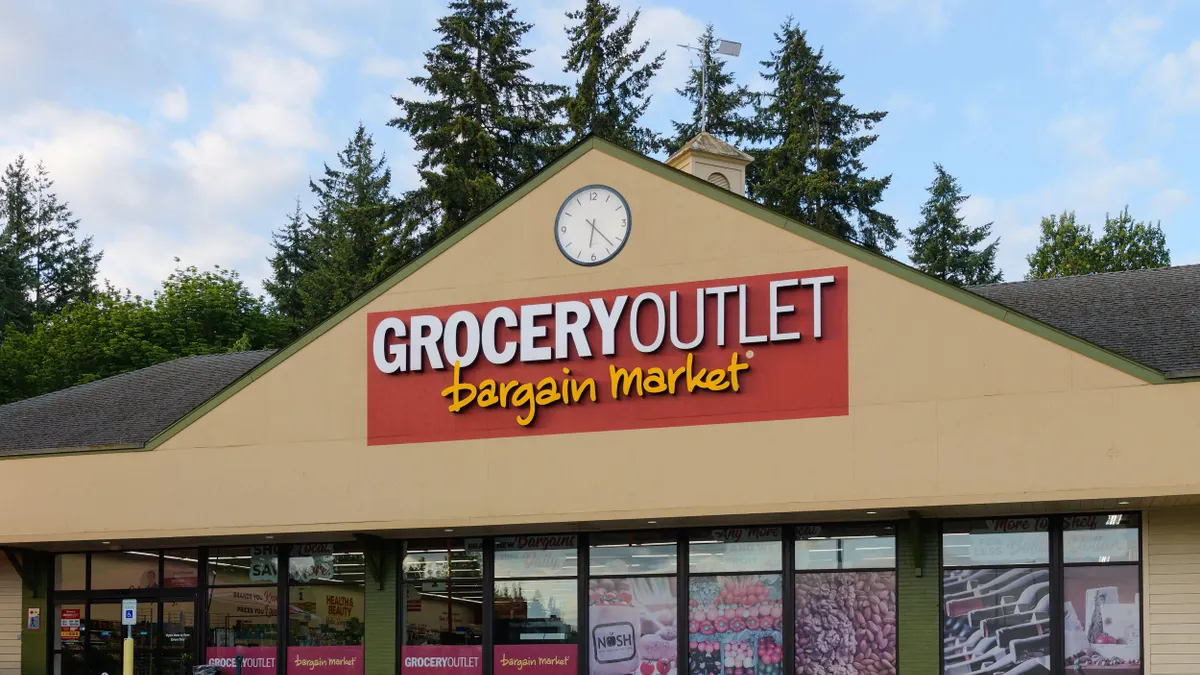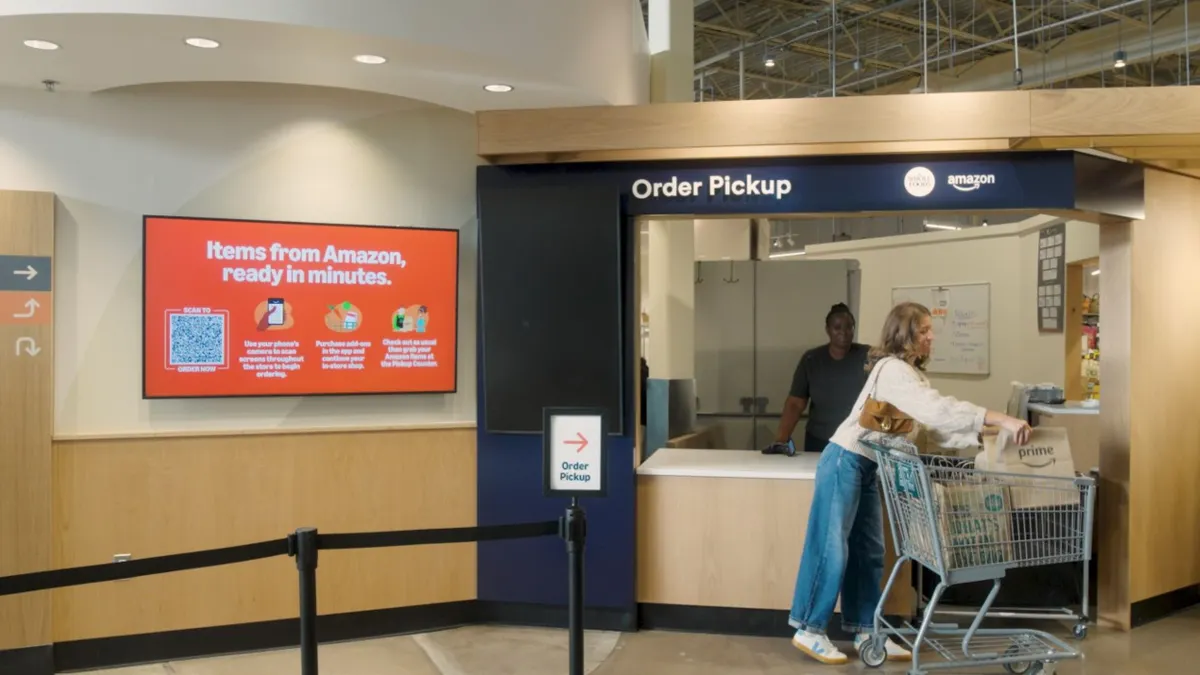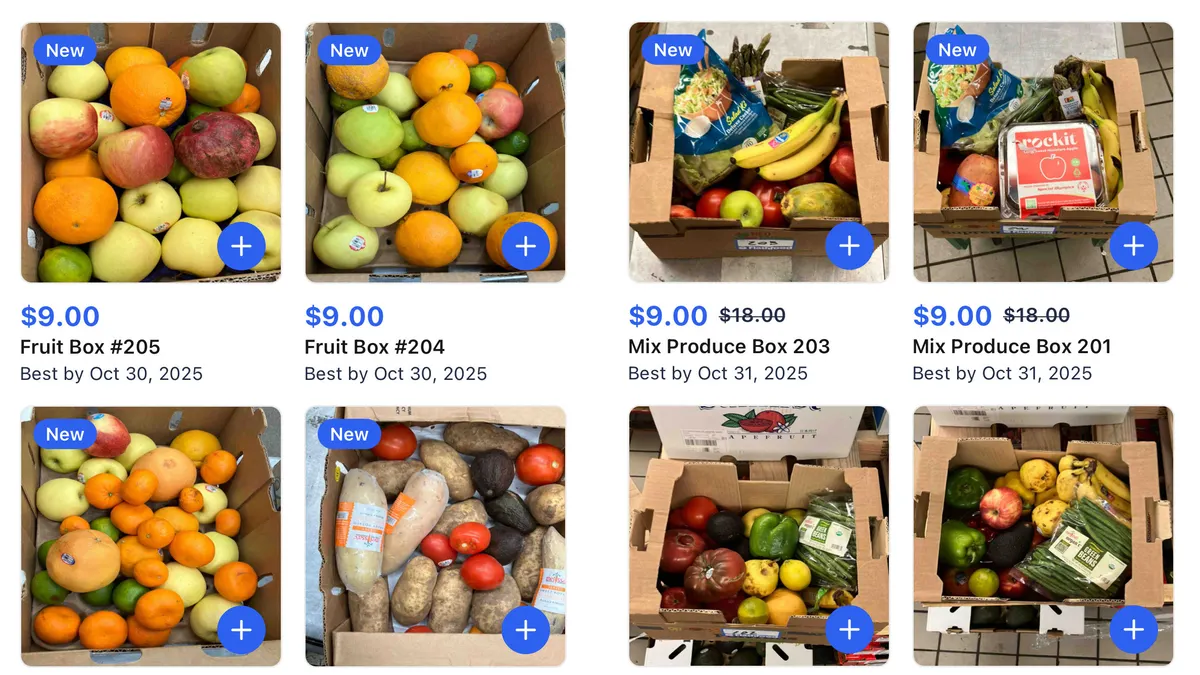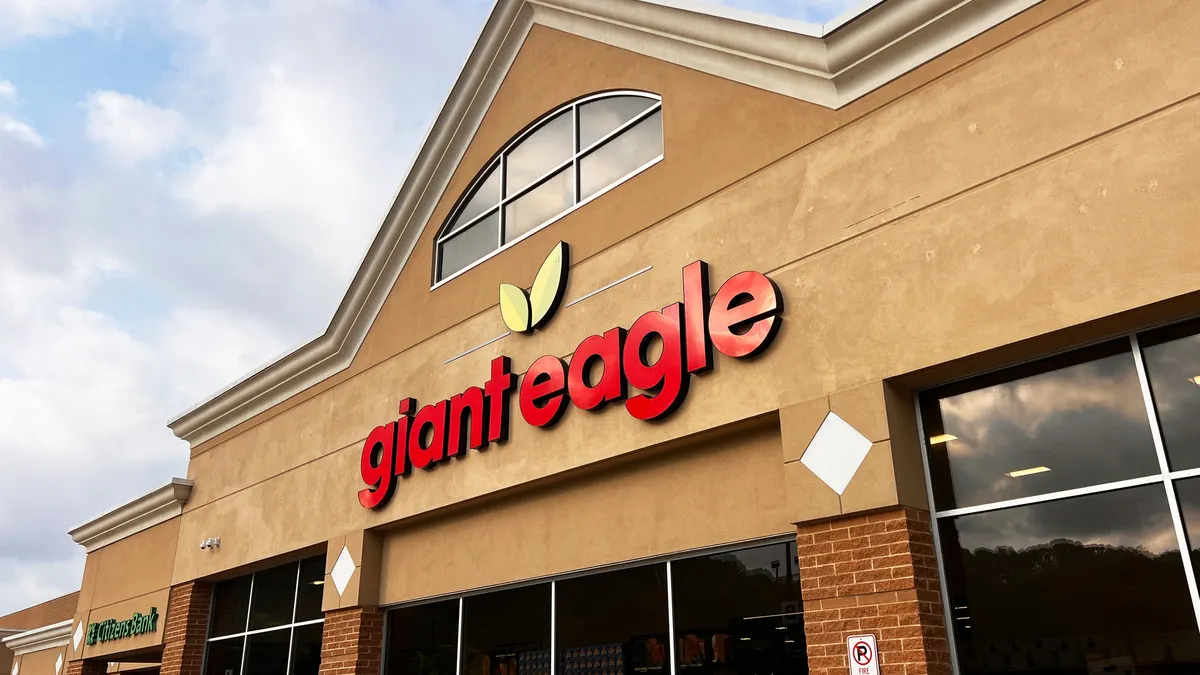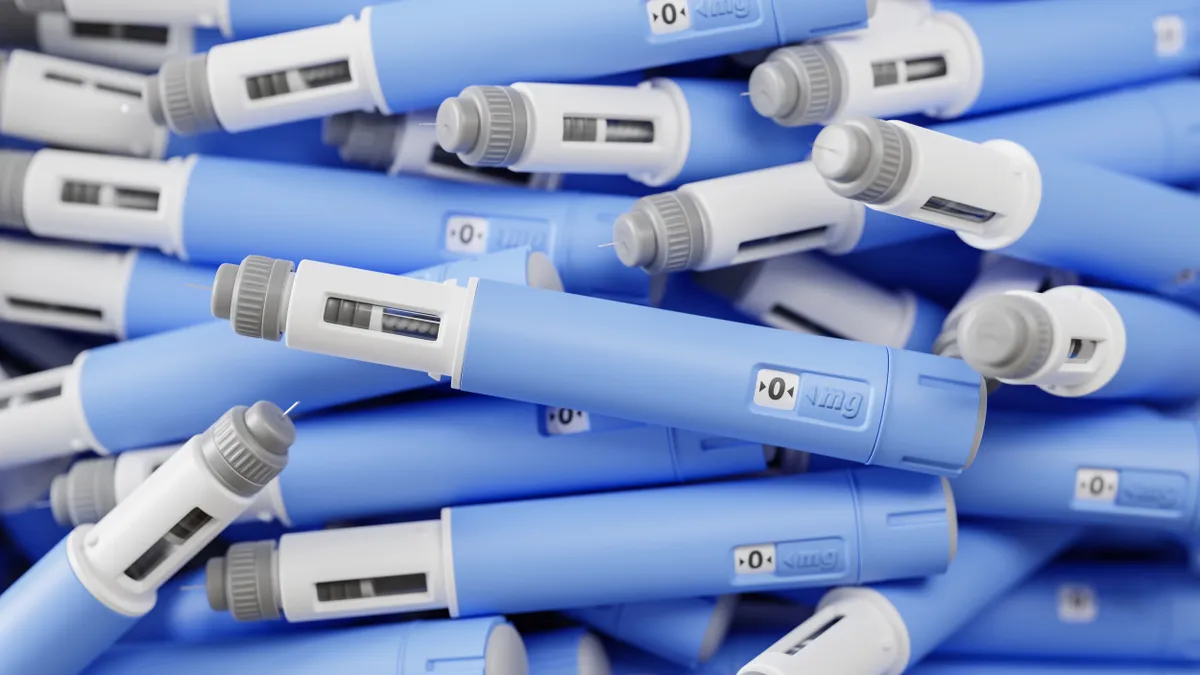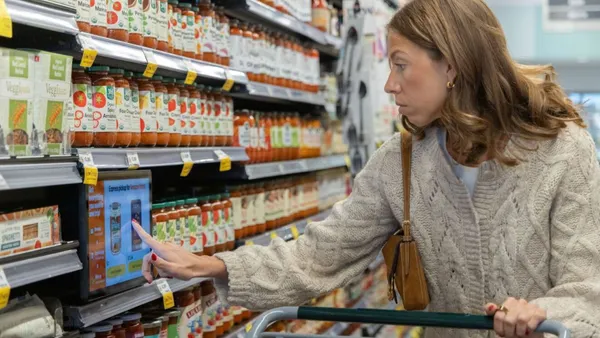As Walmart-owned Sam’s Club undergoes a growth spurt, with plans to double its sales, profit and membership in the next eight to 10 years, the club retailer’s CFO said convenience, fresh food and omnichannel offerings play key roles.
“[W]e’ve really invested heavily and focused on improving convenience and improving experience, and every trend we see with consumers is they want that,” Todd Sears, senior vice president and CFO of Sam’s Club, said at the Evercore Consumer & Retail Conference earlier this month, based on a Seeking Alpha transcript.
Sam’s Club has already increased its sales by 50% over the last five years, with the COVID-19 pandemic serving as a “shot of adrenaline,” Sears said, noting this growth was “purely organic” as sales increased while the company maintained roughly the same number of locations.
Over the same five-year period, Sam’s Club has also seen its member base grow 33%, he added.
As the retailer looks to continue growing organically, it is remodeling all of its clubs to give shoppers a “consistent elevated experience throughout,” Sears said.
Sam’s Club is still working toward its previously stated target of opening 30 clubs over the next five years, Sear said, noting the club retailer plans to be able to open 15 clubs annually, though he did not specify when this would be.
New locations will open in markets where there is a “good enough addressable market” so the company can achieve its “average member base” within a few years of opening, he said.
“In real estate, it takes a while to build up a pipeline and get going,” Sears said.
Fresh foods and both online and in-store digital tools are serving as key areas that the club retailer is looking to hook consumers with and make shopping at Sam’s Club more convenient, Sears said.
The importance of fresh food
Fresh food continues to be a traffic driver for Sam’s Club’s business, Sears said.
“It’s where the member assesses quality immediately, and they can tell that difference. And so in a lot of clubs, we’ve already remodeled our fresh area, but those we have not, we needed to get it up to the same standard that we have in our best clubs around fresh,” Sears said.
During the company’s most recent quarter, its comparable-store sales increased nearly 7%, growth that is “pretty healthy in retail” and was primarily driven by fresh food purchases and health and wellness products, Sears said.
Sushi is one of the key fresh food areas for the club. Sam’s Club has sushi displays and a sushi chef in 581 of its 600 clubs, Sears said. As the club remodels locations, it’s making sure that the sushi chef is “front and center,” he said.
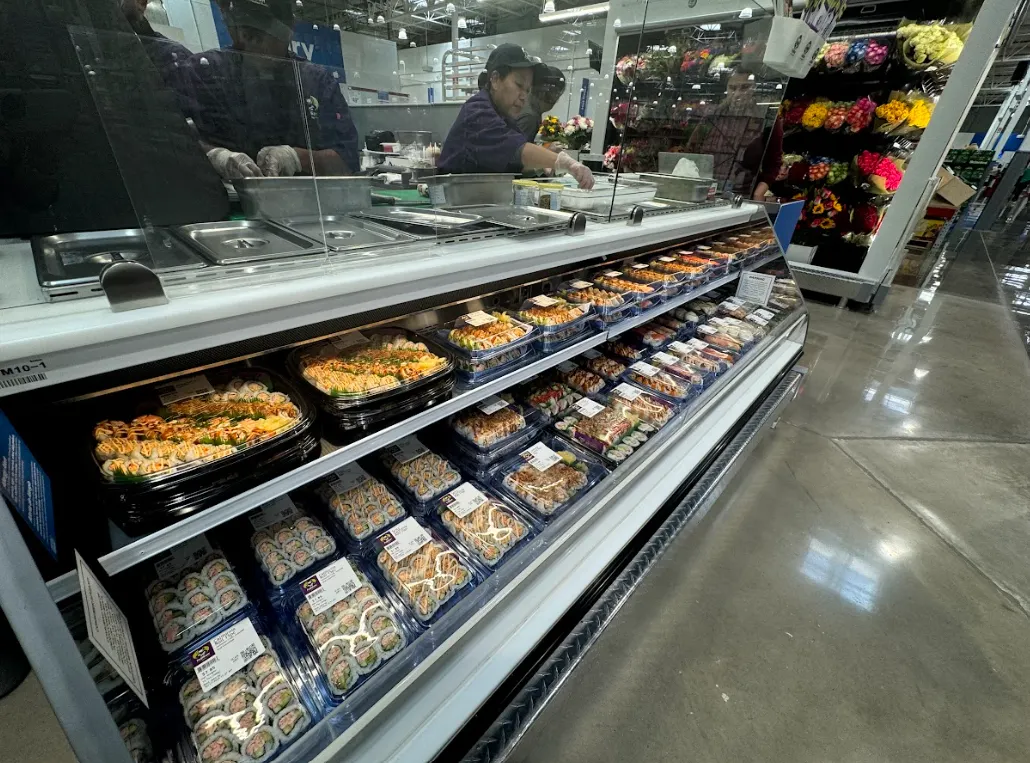
“It adds this theater,” Sears said. “Sushi is a big traffic driver. [It’s] one of the reasons why people come all the time, and the quality of it is excellent.”
Keeping prices consistent for important fresh items is another area where Sam’s Club aims to differentiate itself from competitors.
The retailer has not raised prices on pineapples and bananas even though those items are imported, Sears said. Instead, the chain focused on reducing spoilage and waste as a way to offset any cost increases it may feel from tariff-related price hikes, he said.
Building out digital capabilities in-store and online
As Sam’s Club leans into convenience, omnichannel retailing is playing an increasingly important role, Sears said.
“We believe the future of club retail is omni,” Sears said. “And so that’s why we are investing heavily in omni.”
Sam’s Club’s online shopping app is migrating to the same platform that the Walmart app uses, which will help create a seamless experience for consumers who are already familiar with Walmart’s app, Sears said. The migration started a few weeks ago and is scheduled to be completed in a couple of months, he said.
Sam’s Club is seeing success with its in-store technology deployments. Scan & Go accounted for 35% of sales during the company’s most recent quarter, up 600 basis points from a year ago, Sears said — “tremendous growth in a technology now that's 9 years old.”
Meanwhile, the retailer’s computer vision solution for automated receipt checking is cutting down on labor at the exit, reducing shrink and making it faster for consumers to leave the store, Sears said. The technology can check twice as many items and has identified 17% more unpaid items than manual checks, Sears said. While some items, like alcohol, require manual checks, the majority of purchases can go through the exit arches, cutting down the time they spend in-store, Sears said.
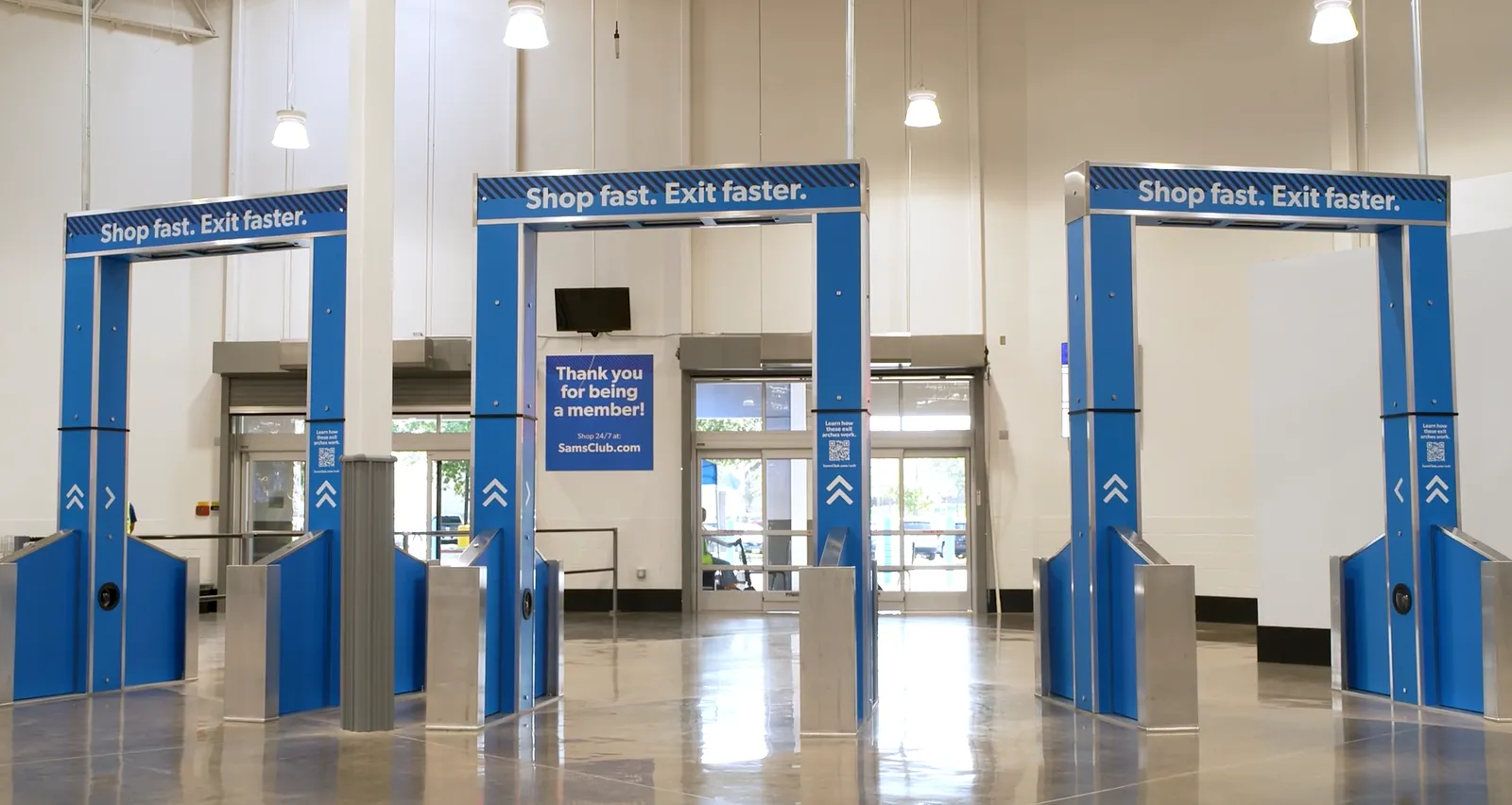
E-commerce accounts for 17% of Sam’s Club’s sales, excluding fuel, up 300 basis points from a year ago, and the digital channel saw sales increase 27% in the latest quarter, Sears said. While most of the chain’s e-commerce sales are curbside pickup, members are also using the other channels, he noted.
“Curbside pickup and shipping have been growing pretty consistently for a number of years. However, delivery has been what’s really taken off as of late,” with that channel growing 160% year-over-year in the latest quarter, Sears said.
The club retailer’s newly launched pizza delivery is introducing members to the delivery channel, Sears said, noting that the service “has exceeded our expectations.”
“What’s surprising is the average order value of a pizza order is 10X the price of the pizza, so people are adding other things to the basket,” Sears said. “The other thing that is interesting is that a significant percentage of the total orders, members are choosing to pay for it for delivery through express. … The value on the pizza is so big. They’re willing to pay that extra money to have it delivered that much faster.”
The need-it-now desire for the pizza is driving some consumers to try delivery and the express delivery options for the first time, Sears said.
“When you have this total omni offering, again, it’s allowing the members to choose how, where and when they want to shop,” Sears said. “It all kind of works together.”


